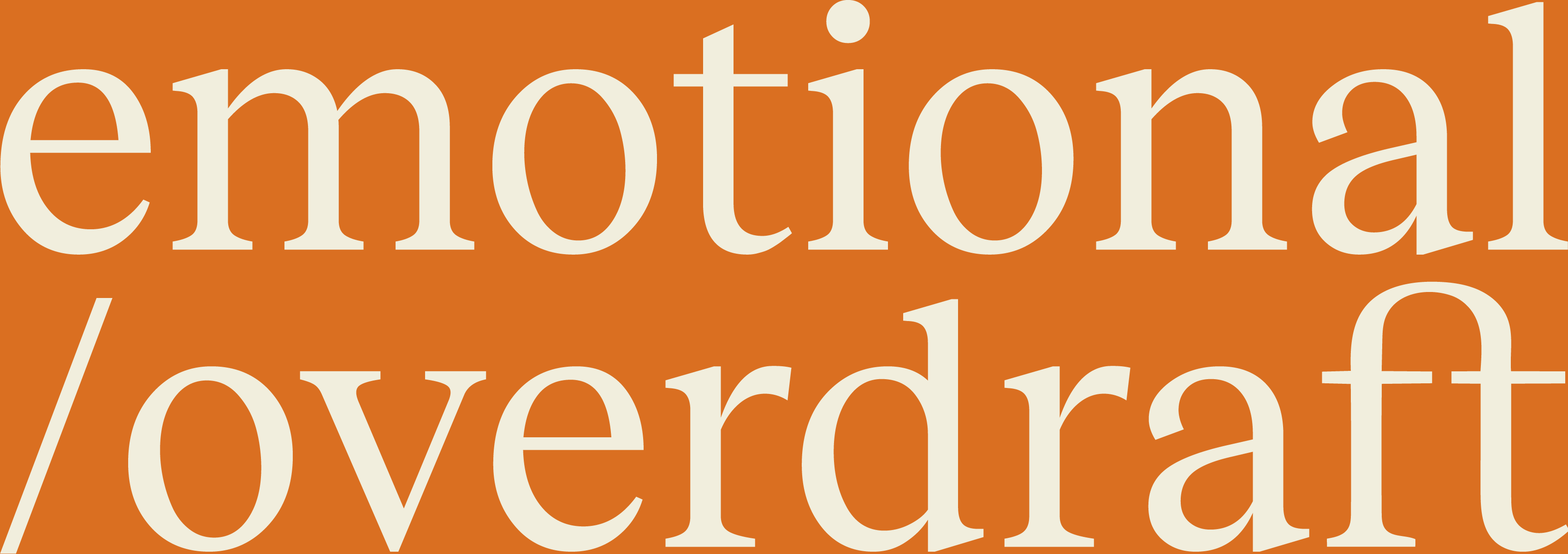I’ve spent countless hours working with leaders who are navigating the challenging waters of high-stakes environments. One recurring theme in these conversations is the state of functional freeze—a condition where leaders appear competent and in control externally but feel stuck and overwhelmed internally.
Functional freeze is particularly prevalent among those with high-functioning anxiety. These individuals often seem calm and efficient but are battling significant internal stress. Here are five signs that you, or someone you know, might be experiencing functional freeze:
- Avoidance of Social Situations or Withdrawal Even if you’re managing your daily work demands, you might start withdrawing from social interactions and avoiding emotionally engaging situations, such as responding to friends’ messages.
- Overwhelm with Minor Decisions When in a state of functional freeze, even small decisions can become overwhelming. Your cognitive resources are taxed by maintaining a façade of normalcy, leaving little energy for additional mental tasks.
- Physical Symptoms of Stress Without Perceived Stress You might experience physical symptoms like headaches, muscle tension, or digestive issues without feeling consciously stressed. This indicates that your body is responding to stress, even if your mind is trying to suppress or ignore it.
- Diminished Creativity and Problem-Solving Skills Functional freeze can drain your creativity and make problem-solving harder. Tasks that once brought you joy or excitement may now feel dull or overly taxing.
- Automatic Pilot Mode Going through the motions of daily life without being fully present or engaged is another sign. It’s as if you’re on autopilot, performing tasks without much emotional involvement.
One entrepreneur emailed me, sharing, “I’m so deep into my emotional overdraft that I cry in the toilets at work most days. When I won a $96k project from a top brand last month, I felt nothing.” Another leader confided, “I blacked out. They said I was having panic attacks. I just didn’t want this to be my life anymore. I was finishing my first bottle of wine by 6pm. I still didn’t think I was stressed.”
These powerful accounts highlight the emotional toll of functional freeze, often exacerbated by what I call the ten drivers of an emotional overdraft;
- Trust: I only trust myself; I don’t trust others; I want to retain control.
- Urgency: I’m short of time; I’m acting on reflex; I’m not thinking.
- Expectation: It’s normal to feel stressed; it’s my habit.
- Duty: It’s my job; there’s no alternative; the buck stops with me.
- Just Flipping Do It (JFDI): I get stuff done; I’m a doer.
- Cost: We’re short of money or resources; I can’t justify the expense.
- At a Loss: I’m out of ideas; I’ve no other solution.
- Load-balancing: I have a short-term need; I’m stepping in to fill a gap.
- Empathy: I’m part of the team; I’m showing care and commitment; I feel guilty if I don’t.
- Self-worth: It makes me feel needed; my work is important to me.
These drivers often lead to an overload in thinking, reducing a leader’s capacity and performance. Michael Neill’s concept of performance suggests that true effectiveness comes from reducing interference, not simply adding more capacity. By understanding these drivers, leaders can make natural, insight-driven changes without feeling the need to adopt new techniques or strategies.
Reducing Emotional Overdraft and Tackling Functional Freeze
- Build Awareness Awareness of your emotional overdraft helps you understand yourself better and make healthier choices. Recognise your key drivers to plan and avoid dipping into your overdraft.
- Prioritise and Delegate Identify tasks that only you can do and delegate the rest. Trust your team and empower them, lightening your load in the process.
- Focus on High-Impact Activities Prioritise activities that drive your organisation forward and delegate or eliminate mundane tasks that do not require your expertise.
- Reject ‘It’s Supposed to Be Hard’ Challenge the belief that leadership must be a constant struggle. Seek smarter, more efficient ways to work, such as improving processes or delegating tasks.
- Build a Support Network Create a personal board of advisors, including a coach, mentor, and peers, who can provide guidance and support, helping you stay focused and accountable.
- Understand the Ripple Effect Your behaviour sets the tone for your team. Model a healthy work-life balance to encourage the same in your organisation.
- Value Your Own Health Recognise the importance of sleep, rest, and play. These are not obstacles but enablers of your best work.
- Be Empathetic, But Set Boundaries While empathy is crucial, it should not come at the cost of your wellbeing. Support your team but protect your own time and health.
By addressing these drivers and implementing these strategies, you can reduce emotional overdraft, tackle functional freeze, and lead your organisation more effectively. Sustainable success doesn’t require sacrificing your wellbeing. Remember, balanced leaders make for more successful organisations.










